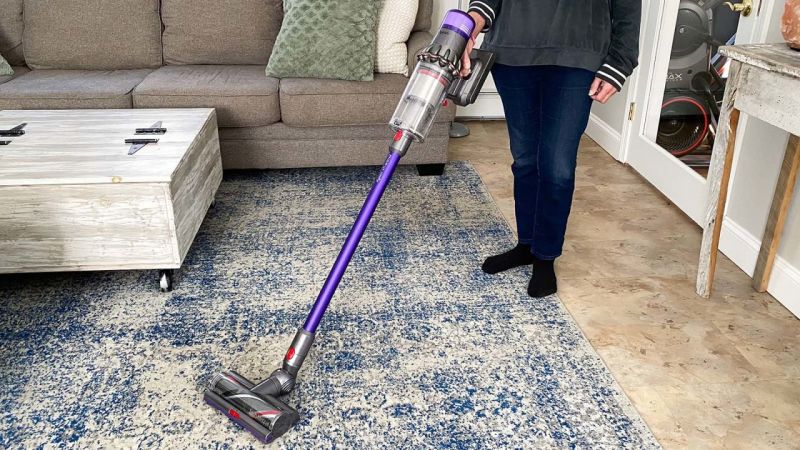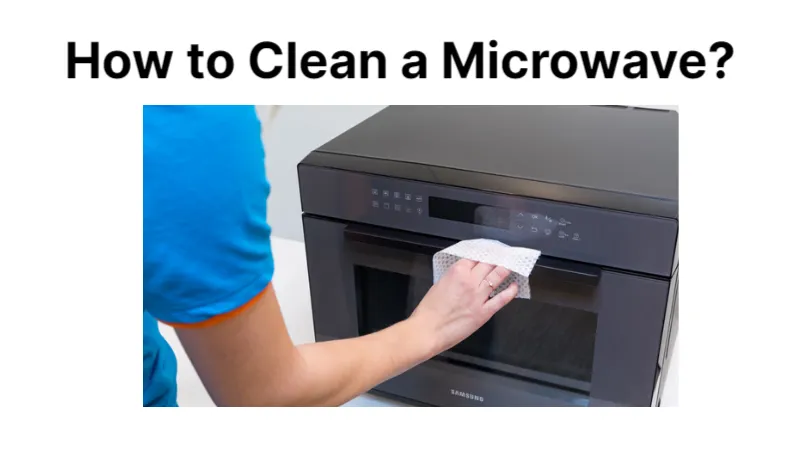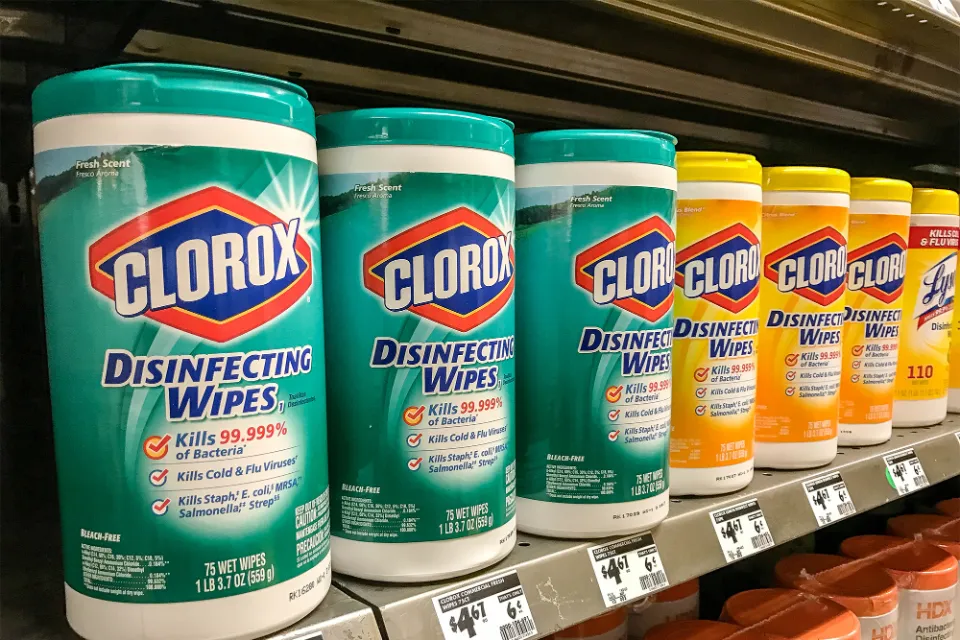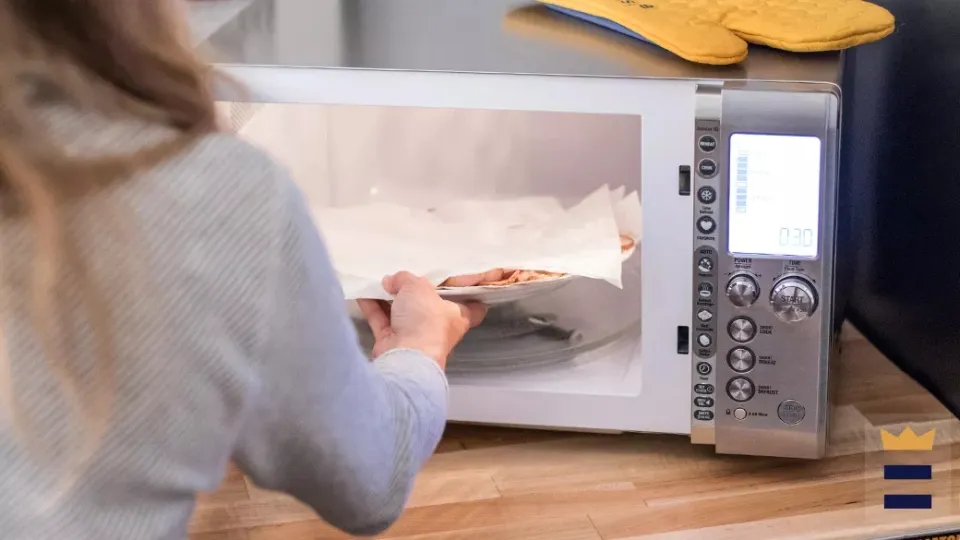To keep your carpet and hard floors clean and maintain their aesthetic appeal, know how often to should vacuum.
But how often do you really need to vacuum? Depending on what needs to be vacuumed. Vacuuming should be done twice a week in any carpeted areas that aren’t used by four-legged furry friends. Tile and hardwood floors require the least amount of maintenance and only need to be vacuumed once a week.
But what if you actually have a furry companion? Once a day, you should quickly vacuum your home if you have pets. Let’s make vacuuming much simpler by letting the animals out and turning up the music!
Vacuum Room by Room
Obviously, you will need to vacuum more frequently in the rooms you use the most than in the ones that are typically empty. Weekly vacuuming is recommended in high traffic areas like mudrooms, kitchens, kid’s playrooms, foyers, and hallways. More people entering and leaving the building means more dirt and outside debris will be brought inside.
Bedrooms, especially carpeted ones, should be vacuumed at least once per week and twice per week during allergy season. Less frequently or right before company is expected, vacuum in less-frequently used areas like guest rooms, sunrooms, or formal dining rooms.
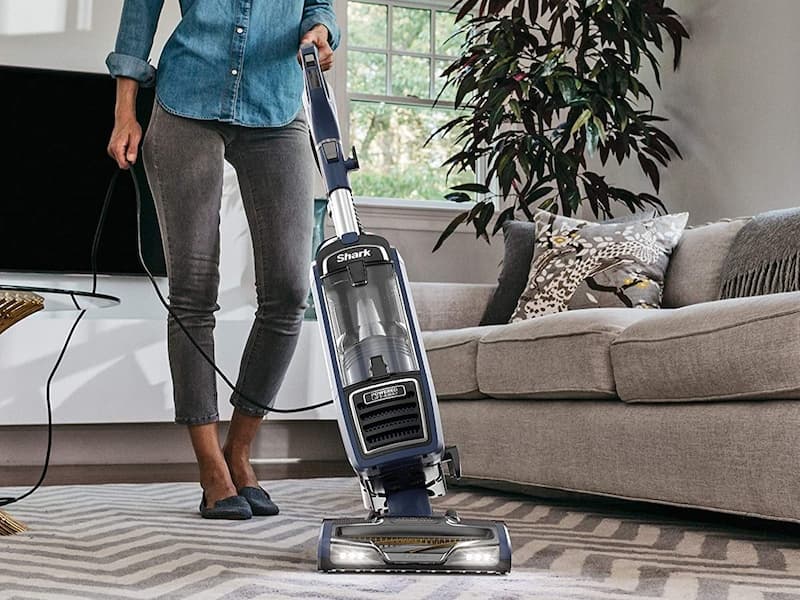
Vacuum Daily If You Have Pets
Pet hair and dander quickly accumulate on the floors of animal lovers. Additionally, pets that venture outside risk bringing in bacteria like Cyclospora or Salmonellosis, which in humans can cause headaches, vomiting, diarrhea, and infections like gastritis. To keep your family’s health in check, do a quick vacuuming each day. If you don’t have time to vacuum the entire house, concentrate on the areas where your pets spend the most time. You could also think about buying a top-rated robot vacuum that will go through the house once a day if you don’t have the time.
Improve Effectiveness
Prepare the room before you begin vacuuming. To prevent your vacuum cleaner from being damaged and to avoid being slowed down, gather up small objects. Work from the ceiling down to avoid having to clean anything twice. After dusting the space, vacuum the floor to remove any accumulation on the furniture and other items. Ensure that the bag or dust compartment of your vacuum cleaner is empty and that it is fully charged. To clean hard surfaces and ceiling fans, use attachments as needed. For areas that are more difficult to reach or where lifting your vacuum might be too taxing, use a smaller duster. Find dirt, dander, and other particles by actively looking for them in tight spaces like corners, underneath furniture, and under other pieces of furniture.
Maintain Your Vacuum
Cleaning and maintaining a vacuum is not difficult. To operate effectively for a long time, appliances like your vacuum need to be regularly cleaned and maintained. A vacuum needs more frequent maintenance, such as cleaning or replacing the air filter(s), though, unlike the washing machine or dishwasher. Your vacuum should run efficiently for a very long time if you follow the manufacturer’s cleaning and maintenance instructions.
Even though it might seem difficult, finishing this usually only takes a screwdriver and a few extra minutes. To be safe, always consult the owner’s manual to learn how to properly maintain your vacuum. Request a replacement owner’s manual from the manufacturer if you’ve misplaced or lost yours. Most brands also make their owner’s manuals available online, which is even more practical.
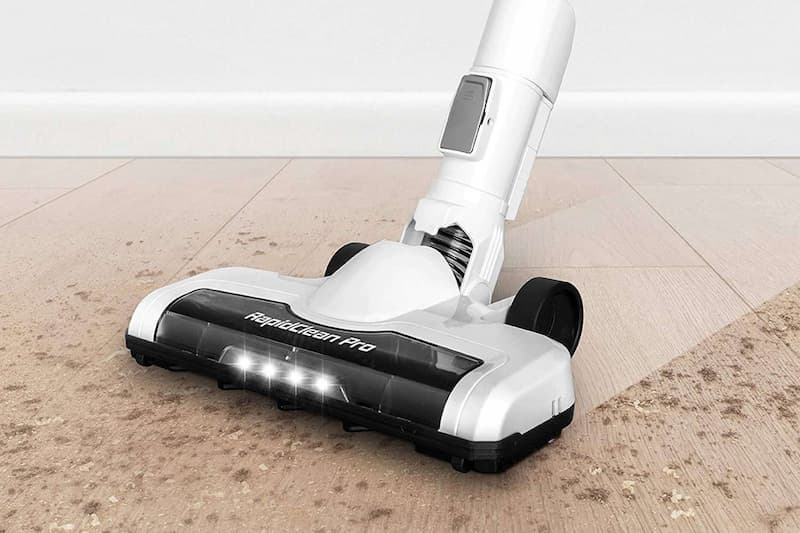
Choose the Best Vacuum Cleaner for Your Cleaning Needs
A canister will work best in these homes (or in homes with stairs). Which type of canister to use depends on the amount of traffic, the types of soil to be cleaned, the fiber of the carpets and rugs in the house, and other factors.
Traffic and Carpet Soils
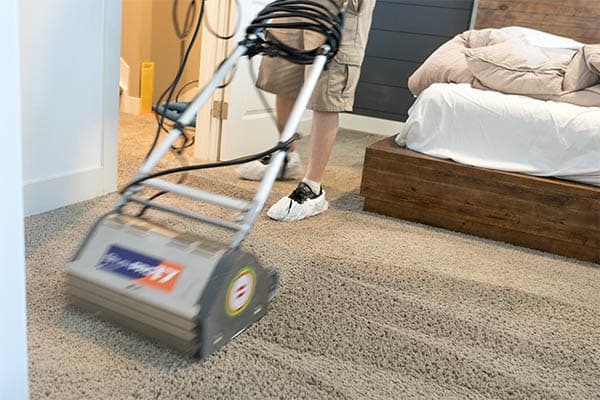
Your choice of vacuum cleaner should take into account the volume of foot traffic and the types of carpet stains. Most carpet stains enter a home on visitors’ and pets’ shoes. There will be more carpet soils brought into the home if there are many children and pets present.
80% of carpet soils are dry soils with sharp edges that, left in the carpet and walked on, act as sandpaper to abrade and bend the fibers. This results in the appearance of “dirty” carpet along major traffic patterns. Actually, the bent and damaged fibers absorb light instead of reflecting it, not dirt. This causes carpets to “ugly out” long before they actually wear out. Due to the risk of damaged fibers, it’s crucial to select the appropriate vacuum cleaner based on the volume of traffic and types of soil present.
Choose a vacuum cleaner with a revolving brush that has hard bristles if you have synthetic fiber carpeting or rugs, high traffic, and the resulting heavier soil load. These dry soils can easily be removed from the carpet surface and vacuumed away with vacuum cleaners that have dense, stiff bristles and a beater bar function (there are many designs that achieve this).
Dog and cat hair is another type of dry soil that won’t damage your fibers but is one of the most common. The best way to remove pet hair is with a rotating brush that has stiff, tightly packed brushes.
You can choose a less aggressive vacuum cleaner and still maintain your home effectively if it receives little traffic and doesn’t have any unusual soiling conditions. The general rule of thumb is to pick the most aggressive vacuum cleaner that the fibers of your carpet and rugs can safely tolerate.
Carpet Fibers
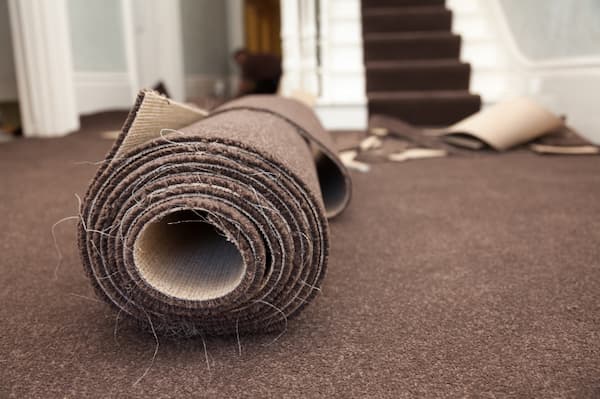
The type of fibers used to make your carpet or rugs is just as important as the amount of traffic and the kind of soil. The majority of carpeting used today is made of synthetic materials, primarily nylon, but also olefin and polyester. The strongest home vacuum cleaner can be used without worrying about damaging synthetic fibers because they are so strong.
However, natural fibers need to be handled with more care. Wool is the most popular natural fiber used in wall-to-wall carpeting, but it only makes up less than 1% of all carpeting in the United States. But Oriental and other area rugs are one type of rug where wool is very popular.
Wool is a very resilient fiber that has been used to make rugs for thousands of years all over the world, but it needs to be vacuumed carefully. Wool can be cleaned with a rotating brush, but the bristles need to be flexible and forgiving and not as densely backed on the brush roll to avoid fuzzing the yarns and prematurely wearing the carpet.
Although wool is the material used to make Oriental rugs most frequently, silk can also be used. From a few hundred dollars to tens of thousands of dollars and beyond, the price of these rugs can vary. The flexible and forgiving bristles of the kind just mentioned are ideal for cleaning many of the items sold for everyday use.
The age, condition, and soiling of high-value Oriental rugs must all be taken into account, as well as their current state. High-end rugs are frequently kept out of the way and shielded from heavy soiling. You might want to think about cleaning these rugs with a carpet and rug tool that cleans solely by suction and does not have a rotating brush.
Area rugs can also be made of sisal, sea grass, mountain grass, bamboo, coir, cotton, jute, viscose, and even leather! Although many of these rugs are woven and quite resilient, the vacuum cleaner used to clean them still needs to have softer bristles. There are specialty brushes for these materials, so we advise speaking with a floor care professional for the best guidance on which one is best for your rug.
Always check the manufacturer’s recommended care instructions before purchasing a new vacuum cleaner (or using your current machine on a new rug), but here are some rules of thumb to follow:
Choose the most aggressive upright or canister vacuum cleaner if your carpet and/or rugs are made of synthetic fibers.
Follow Best Practices for Vacuuming Floors
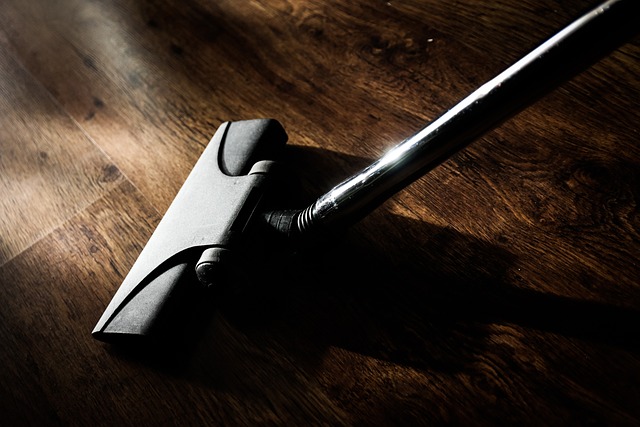
In addition to following frequency guidelines, be sure to vacuum properly, using the tips below:
- Choose the vacuum that is best for your flooring type. Canister vacuums, which have a motor housed in a canister separate from the vacuum head, are typically more efficient on hard floors because they collect dust without dispersing it. For dirty carpets, upright vacuums with a single unit housing all the parts work best. Usually, they have a beater bar, a rotating brush that aids in removing debris lodged in carpet.
- If your vacuum has different settings for various floor types, be sure to select the setting intended for your floor before vacuuming to prevent damaging the floor.
- Before vacuuming hardwood or tile floors, turn off the beater bar on your vacuum if it has one, as the brush bristles can damage these surfaces.
- Consider making a purchase of a High-Efficiency Particulate Air (HEPA) vacuum. These models feature HEPA filters, which are capable of capturing more dust, allergens, and bacteria than conventional vacuum filters.
- To ensure that the level of suction is appropriate for the flooring, if your vacuum has an adjustable-height vacuum head, set the height in accordance with the manufacturer’s recommendations for your type of flooring. Set too high and the vacuum won’t pick up any dirt; set too low and the carpet’s fibers might get tangled.
- The vacuum should be moved slowly in one direction, then pulled back in the opposite direction. Repeat the process going the other way after working the floor end to end. To thoroughly clean the surface, repeat your initial vacuuming in an east-west direction if you moved your vacuum in a north-south direction previously.
Read about Best Vacuum for Thick Carpet
Wrapping: How Often Should You Vacuum?
The number of people living in the home, your occupation (farmers’ boots bring in much more soil than someone who works from home on a computer), and the type and number of pets all play a significant role in how often you vacuum. However, it is generally recommended to vacuum carpeted floors and rugs at least twice a week and hard surface floors like tile, hardwood, laminate, and vinyl at least once a week.
All carpets and floors should be vacuumed every day if you have furry pets to remove dander, dust, and dirt. While guest rooms or formal dining rooms can get by with weekly cleaning, high traffic areas like living rooms, kitchens, and entryways might need more frequent vacuuming.
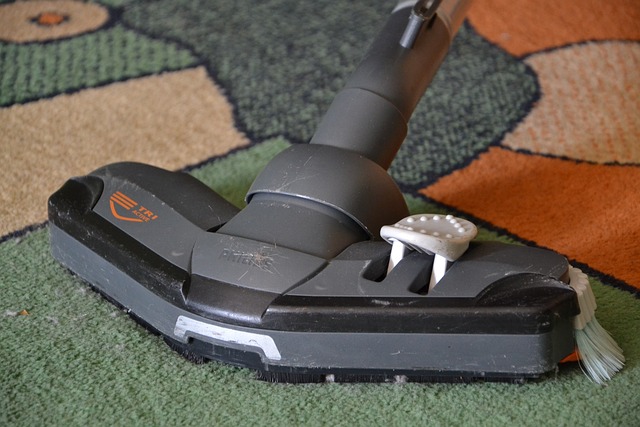
FAQs
How Do I Know If My Vacuum is Powerful?
Watts are the units used to measure the vacuum motor’s input power. Motor wattage is a valid way to assess and compare the power of the motor, despite the fact that this specification doesn’t account for the efficiency of the motor, the quantity of fans, or the overall design of the vacuum cleaner.
How Long is the Lifespan of a Vacuum?
In recent years, the average lifespan of a vacuum cleaner has been estimated at 8 years, although it does vary by manufacturer. Your vacuum cleaner could malfunction for a variety of reasons. You’ll eventually have to say goodbye, whether it’s because the motor jams, the filters fail, or you’ve used it too much.
Does Higher Wattage in a Vacuum Mean Better Suction?
Let’s examine each idea separately while keeping in mind how they relate to one another. Without the cooperation of suction and airflow, there is no vacuum performance. Because it is irrelevant how many watts the motor has, you need not even consider wattage.
How Much Should I Spend on a Vacuum?
If you spend more on a robot vacuum, you’re more likely to be able to customize its cleaning routine and receive a self-emptying dock. What you’re looking for really does matter. Most people are very happy with vacuums that cost around $150, and some of them can last for many years.
